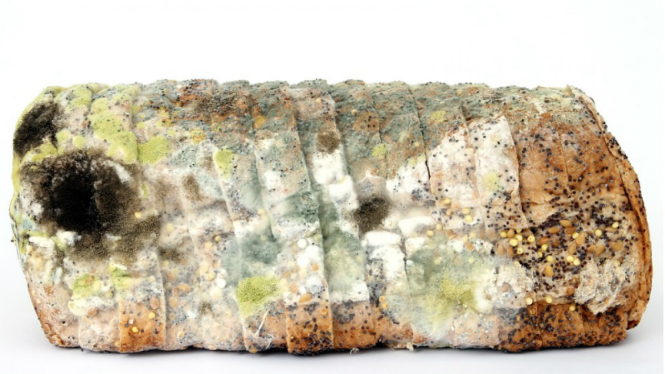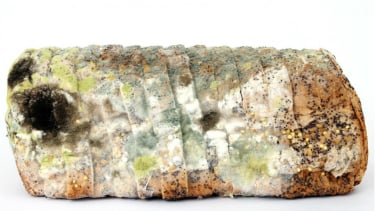- Pixabay/Meditations
Jakarta – Mold spores are everywhere, and many strains grow on food. The spores anchor in bread, cheese, meat and fruit and grow into fruiting bodies that appear as dark, sometimes fuzzy blotches.
It is a type of fungus that causes food spoilage. It has a nasty taste and texture. Sometimes, mold may have white or green fuzzy spots, especially when it's growing on bread.
Mold may only appear on the surface, but it has roots underneath. Even if you take the top part of the mold off, its roots will still be in the rest of the food item. Well, here are some reasons why mold can grow on food.
1. Moisture
Ilustrasi makanan pesan antar.
- Pixabay/fudowakira
Moisture is one of the main factors that trigger the growth of mold on food. Mold requires a humid environment to reproduce. When food is stored in damp conditions, mold has a greater chance of growing.
2. Temperature
Temperature also plays a crucial role in mold growth. Most molds thrive in warm room temperatures. Food stored in either too warm or too cold temperatures can provide an ideal environment for mold growth.
3. Contamination
Food contaminated with mold spores before being stored tends to reproduce rapidly. These spores can come from the air, food surfaces, or unclean kitchen utensils.
4. Nutritional Content
Certain types of food with higher nutritional content, such as protein and carbohydrates, can serve as a nutrient source for mold, allowing them to grow quickly and abundantly.
5. Packaging
Ilustrasi makanan manis/cupcakes.
- Pixabay/StockSnap
Food packaging that isn't airtight or is damaged can allow air and moisture to enter, creating a suitable environment for mold to grow. Damaged packaging can also accelerate mold growth.
6. Cleanliness of Storage Area
The cleanliness of kitchen equipment and food storage areas plays a crucial role in preventing mold growth. If the surfaces of utensils or storage areas aren't clean, mold spores can attach and proliferate.
7. Food Age
The longer food is stored, the higher the likelihood of mold growth. Food items that have passed their expiration date or have been stored for a long time are more vulnerable to mold growth.
Overall, mold growth on food involves various factors such as moisture, temperature, contamination, nutritional content, packaging, cleanliness, and food age. To prevent food from molding, it's important to store it in dry and cool conditions, maintain the cleanliness of kitchen utensils and storage areas, and consume food before it reaches its expiration date.


































